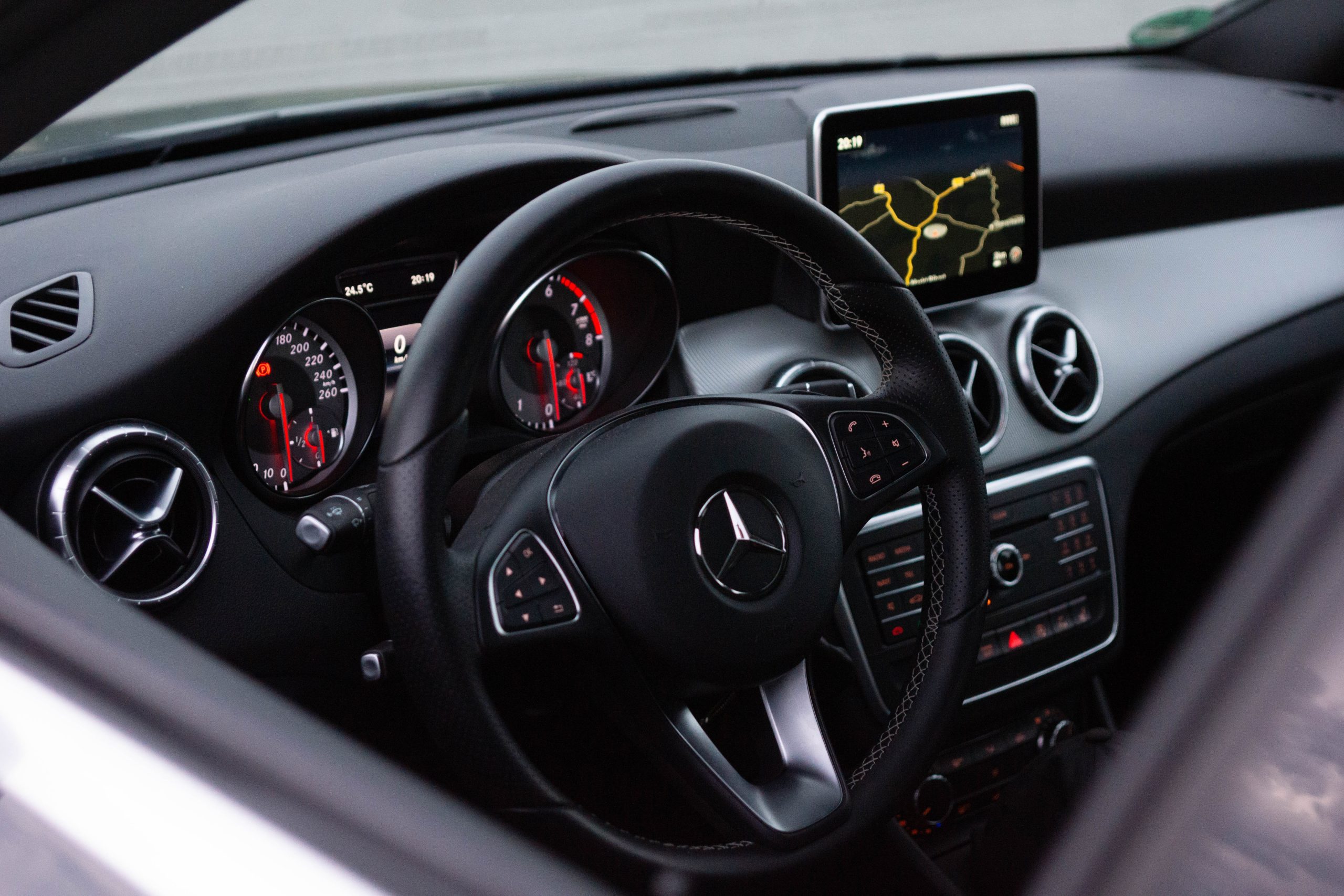Over the years, a wide variety of plastics have been developed to meet the needs of different industrial areas, one of the first being parkesin, which arose from substances mostly of natural origin.
With the passing of the years and the growing need for integrated circuits in a huge variety of devices, plastronics emerged, a very interesting field that promises to revolutionize the way we use plastics. If you want to learn more about it, keep reading this article, because here we will tell you everything you need to know.
What is plastronics?
This is a completely revolutionary field that combines both research in flexible electronics and advances in the development of polymers in order to provide the great malleability and flexibility of some new polymers to electronic integrated circuits. All this from organic and hybrid materials, which allow great freedom at the design level.
What are the advantages?
In addition to allowing the production of lightweight and highly flexible devices, it is a very economical technology, thanks to its large-scale processing capacity. As an emerging technology, it has enormous potential for development and growth in all kinds of sectors. Although advances can already be seen in fields such as automotive, consumer electronics, white goods and even aerospace.
Is plastronics the future?
While plastic manufacturing methods and conventional electronics continue to dominate the current market, technological advances in areas such as the internet of things (IOT), augmented reality, virtual reality, among others, increasingly require improvements in the quality of materials, constant development in manufacturing processes and the implementation of more complex electronic components.
It is here where the flexible electronics provided by plastronics becomes very relevant, since it allows the creation of much lighter, resistant and flexible devices. All this, adapting to parts with a very elaborate geometry, so it offers a great advantage compared to conventional electronics.
What can be produced by plastronics?
While it is true that plastronics has a wide field of application in the industrial sector, we can also find much utility in parts created by hand or for domestic use. Below, we will detail some of the most common practical uses of plastronics:
Resistive push-button matrix
In cases where some user interaction is required, such as console controls, toys and some household appliances, plastronics can be used to eliminate mechanical pushbuttons altogether. Using the IME technology , flexible sensors can be produced in the housing of any device. This significantly reduces the weight and thickness of the devices.
Sistemas de calefacción Heating systems
The USB HEAT FOOD project resulted in a prototype container that can heat all the food inside. The best thing is that they can operate without any problems, even in areas that do not have an electrical installation. Using this technology, a heating temperature of up to 80 °C was achieved, with a fairly even distribution.
Lighting systems
Although it is very advantageous to use LED lights in conventional, completely flat panels or parts, it is often a problem to make them fit perfectly when faced with the slightest curvature in a panel.
A great alternative to conventional LED lights is to make use of electroluminescence, a technique that can be used to illuminate parts of a product, either to create very clever indicators or very elaborate decorations.
Capacitive lighting
Based on the previous point, it is possible to develop all kinds of lighting solutions, such as capacitive lamps. It is enough to replace the metallic base that lamps usually have with a conductive polymer. This is just one example of the many solutions that can be manufactured in the home.
Walter Pack
Among the various companies specializing in plastronics is Walter Pack. Our goal is to develop decorative, yet fully functional parts for both the automotive industry and for domestic use.
Among the main areas in which Walter Pack is involved is the creation of highly resistant plastic parts through heat molding and in-mold decoration, used to add decorative touches to plastic parts through a printing process.
It is also engaged in the development of plastics using plastronics. Using revolutionary thermoplastic techniques, they are able to create a variety of both decorative and functional parts, including electronic boards, control panels, gauges, lights and more.




